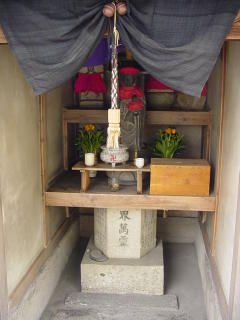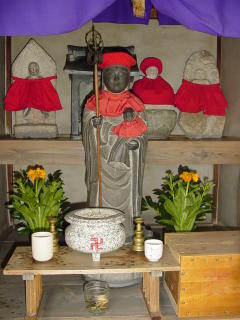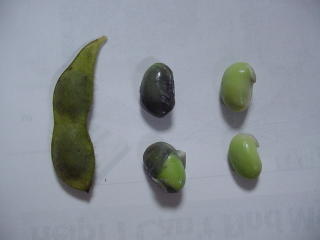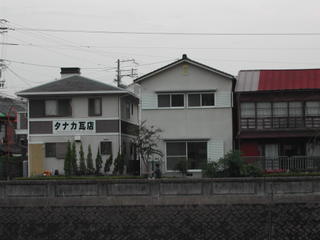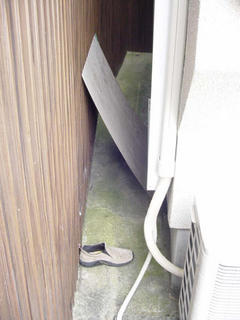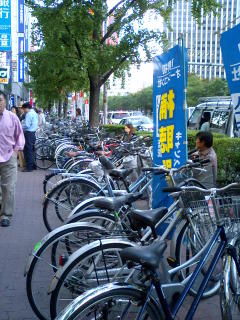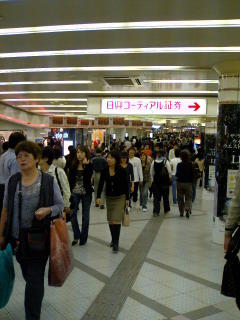Ooooh, I really detest those things. One of these days, I'll take a picture and post it. For those of you who have never seen one, let me try to explain. They look like a miniture urinal, except, they're embedded into the ground. Another way to put it is, it's like a western-style toilet buried into into the ground all the way up to the seat.
For those of us who are not used to having to squat all the way down to relieve ourselves, it feels as though we're being forced to exercise at the same time. I find it extremely uncomfortable, like I'm going to tilt backwards. Then, when you flush, you have to SEE everything going "downstream."
If you're wearing long pants, then you also have to roll up your pants, or else your pants could end up in places you don't want them to. So basically, I find it a pain to use those toilets. I guess the reasoning behind it is that you never have to come in touch with a toilet seat that some stranger just sat on, but I don't know which is better or worse.
Another thing I've also noticed about a lot of public restrooms is that, they don't provide toilet paper. So most Japanese people always carry those little tissue packs. If you decide to visit Japan, I highly recommend carrying around tissue packs too, or else you might end up being sorry. If you're out in the city though, chances are, somebody will be passing out free tissue packs, so don't worry.
They also almost never have paper towels in public restrooms either. Recently, more restrooms have blow-dryers to dry off your hands, but still, it's a better idea to carry a handkerchief around like all Japanese people seem to. I keep reminding myself every time my hands are dripping wet, to carry a handkerchief, but I've yet to follow through with it. I can't shake off the expectation that restrooms will have paper towels.
You might laugh at me, for having all these observations about bathrooms, but hey, they're important, ok? So here are more observations of mine about JP restrooms.
Did you know that even the western-style toilets in Japan are high-tech?! One, they have temperature-adjustable heated seats. Two, they come with a control panel on the side of the bathroom wall. You'll never guess what the control is for! As hard as it may seem to believe, these control panels squirt water out to *wash* your butt for you. And if you want it to, you can even press a button to have it *blow-dry* your butt for you! And what do you know, even the length of time, water pressure, and position of the squirting, can be adjusted to fit your needs with a press of a button! Da-da---!
I've yet to decide what my opinion is of those high-tech toilets. They scare me.
When my friend, who works as a caregiver, came to visit me from the States last Christmas, her suggestion was that those high-tech toilets should be installed in nursing homes in the States. What do YOU think?
Just one more thing about restrooms. If you're claustrophobic, you aren't going to like the restrooms over here. Every wall is completely sealed and closed to the floor. No wide open space like restrooms in the States.
Ok, I think you've heard enough concerning the bathroom situation in Japan.

